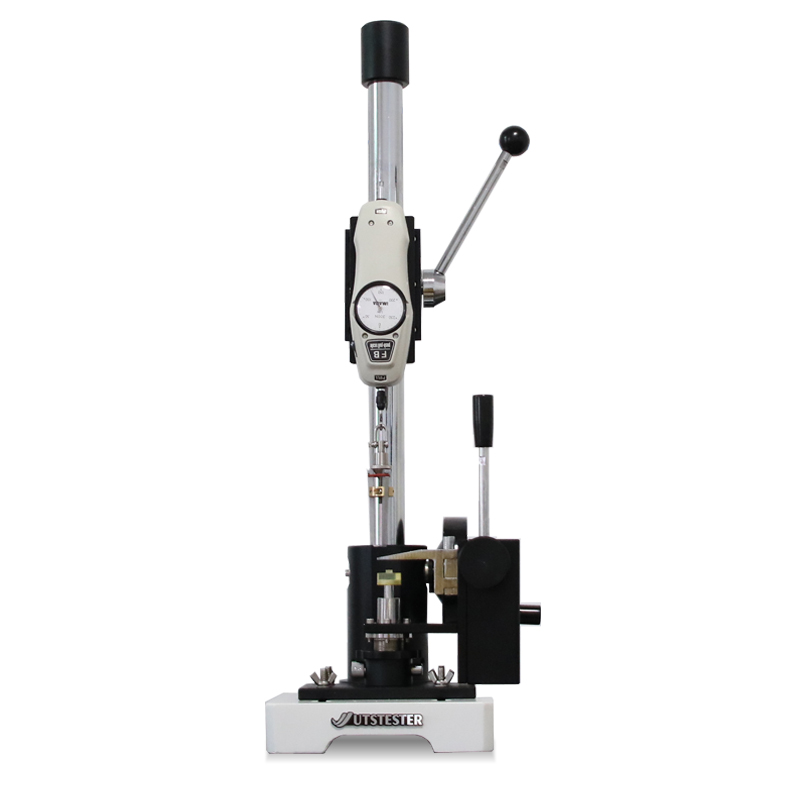 +86 152 6060 5085
+86 152 6060 5085
 +86 152 6060 5085
+86 152 6060 5085
Blog
Catalog
Latest Blog
The tensile strength of a button refers to the maximum load that a button on a textile garment can withstand when the deformation of its seam with the fabric reaches a certain degree or the button breaks off from the fabric when it is stretched by an external force. Inadequate fastening of buttons will not only directly affect the wearing and use of textile clothing, but also cause harm to human safety and health. In particular, unconscious behaviors of infants and young children often lead to accidental ingestion of buttons, entry into the trachea, or suffocation and other personal injuries. When the four-button buckle is separated from the garment, its sharp claws are exposed, causing damage to the wearer.
Purpose
Test the fastening and adhesion strength of buttons, buttons, five-claw fasteners, snap buttons, bow ties and other accessories, especially on baby and children's clothing, to define the responsibilities of garment manufacturers to ensure that buttons, buttons and fasteners are properly fastened On garments, prevent buttons from detaching from the garment, posing a risk of swallowing and suffocation to the baby.
Scope of application
All buttons, buttons and fasteners on garments must be tested by a button strength tester; it can also be used to test the adhesion strength of clothing, toys, footwear and other accessories after they are installed to prevent sharp edges and corners caused by loosening. and other mechanical damage.
Principle
The upper and lower clamps of the tensile tester clamp the garment components. The clamp moves at a set speed until the part falls off. Record the intensity and pattern of shedding. You can choose the appropriate clamp according to the different buttons.
Test steps
1. The clamping separation rate is set to a certain clamping separation rate in accordance with relevant standards. For example, the requirement in GB/T 22704-2008 is (100±10) mm/min
2. Start the tensile tester and place the sample. Adjust the position of the clamp to keep the central axis and tensile direction of the upper and lower clamps consistent. Place the sample in the center of the clamp to ensure that the longitudinal central axis of the sample passes vertically through the center line of the upper and lower clamps. When placing the sample, make sure there is no damage or slippage. shift.
3. Tensile tester operation: Use the tensile tester to record the maximum tensile force. The upper clamp pulls the part until it separates from the garment or breaks. The main damage methods are component damage, attachment method damage, and fabric damage.
4. The test results record the maximum pulling force of each sample, in Newtons, accurate to 0.1N.

Email: hello@utstesters.com
Direct: + 86 152 6060 5085
Tel: +86-596-7686689
Web: www.utstesters.com